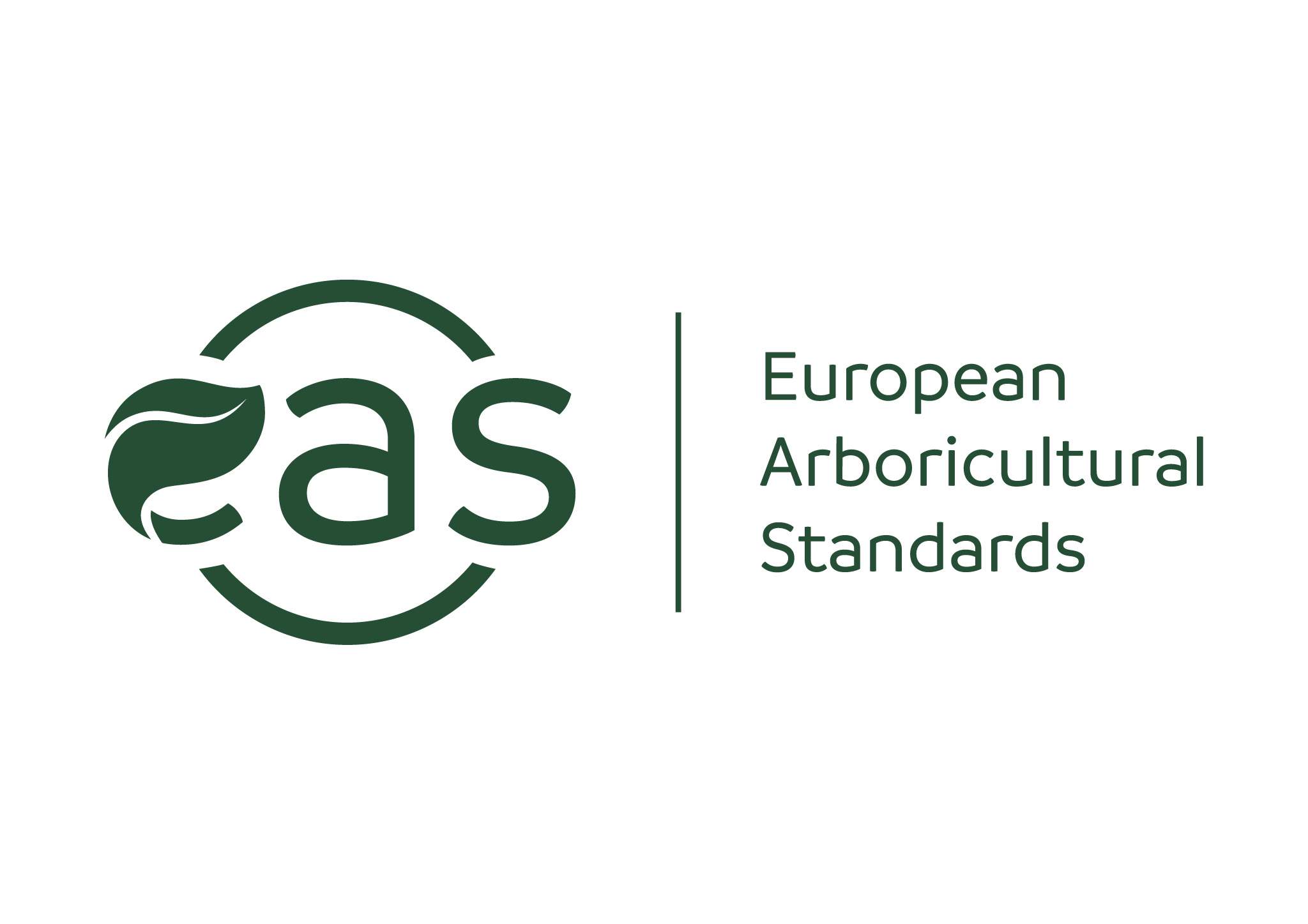The Project
Trees in our landscapes deliver a lot of ecosystem services for us, humans. To name only a few: they cool down cities, purify the air, support biodiversity and contribute to an agreeable landscape. Supporting and strengthening these ecosystem services is one of the EU’s priorities. Arborists and other professionals involved in arboriculture work to keep trees in good condition, so they can perform at their best. In order to do this, only the highest standards of work are acceptable in arboriculture. And although a pan-European certification scheme has been set up (European Tree Worker & European Tree Technician), transparent and harmonised descriptions of good practice in arboriculture are still missing. Norms and standards are very fragmented and local.
The Goal
The goal of the TeST project is to develop European technical standards on tree pruning, tree planting and tree cabling and bracing. These standards will provide technical definitions of good practice in tree work, valid across Europe. In order to consider national and local differences, national annexes to the standards will be produced, highlighting differences in approach or in legislation.
The Partnership
The partnership consists of 12 organisations from all over Europe, including private companies, training and certification centres, arborist associations and research centres (see ‘Partners‘). Through the dissemination activities of the European Arboricultural Council, one of the partners, we were able to include input and feedback from 22 European countries in total. The main target group includes all arboricultural professionals and the associations, but also other important target groups will be involved, mainly through the partner’s dissemination activities: contracting organisations (e.g. public bodies, government agencies, large tree owners and managers), training and certification centres, cabling systems manufacturers and tree nursery managers.
The Czech Experience
For developing all standards, we followed a similar approach, which was based on the Czech experience with developing their national Arboricultural Standards over 5 years ago. The first stage of the development was dedicated to reviewing existing formal and informal norms and standards in all partner countries. This was followed by an iterative process of draft standard development, collecting the partner’s feedback and reworking the drafts. After agreement of all partners, the formal first draft was subject to a public consultation process, followed by a final revision and publication of the final European standard. Parallel to this process, but slightly behind, all partners discussed and developed their national annexes, complementing the European standards.

